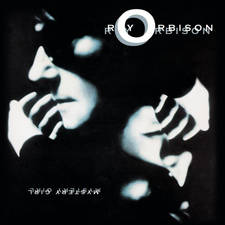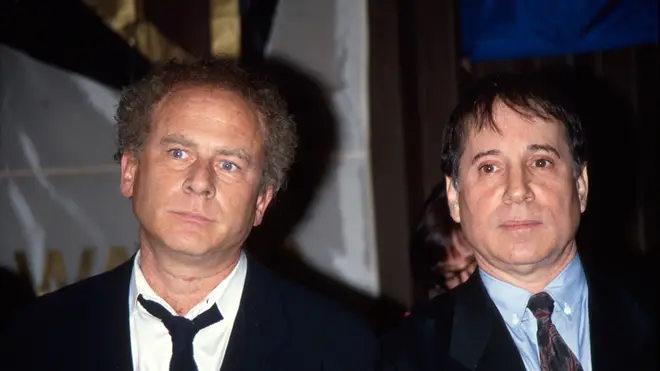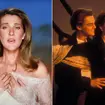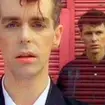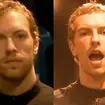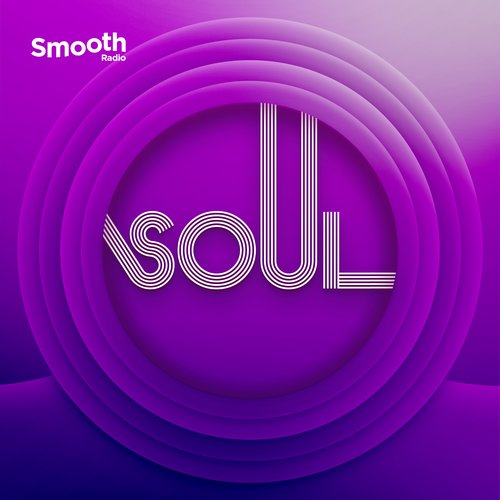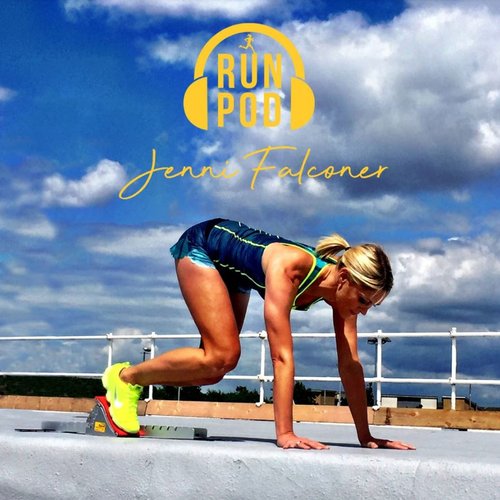The Story of... 'Bridge Over Troubled Water' by Simon & Garfunkel
18 July 2023, 15:44
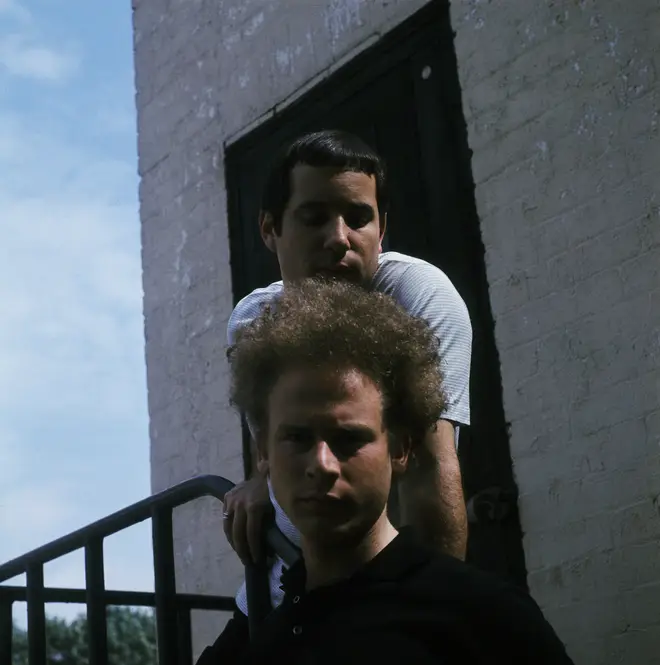
'Bridge Over Troubled Water' is one of the world's most celebrated songs, and the perfect signature and swansong for Simon & Garfunkel.
The classic 1970 epic ballad has been covered countless times since, and remains a powerful song at times of uncertainty and struggles.
- The extraordinary story of Simon & Garfunkel’s life-long feud
- Simon and Garfunkel's 15 greatest songs ever, ranked
But what inspired the song and how was it recorded? Here's the fascinating story:
-
Who wrote 'Bridge Over Troubled Water'?

Simon & Garfunkel - Bridge over Troubled Water (from The Concert in Central Park)
'Bridge over Troubled Water' was composed by Paul Simon, and was included on the 1970 album of the same name, which proved to be their fifth and final LP.
Simon wrote it very quickly, so much so that he later asked himself: "Where did that come from? It doesn't seem like me."
He wrote the song about providing comfort to a person in need.
Simon wrote it as "a little hymn." Garfunkel and producer Roy Halee thought it was more epic, and convinced him to write a third verse. His "little hymn" thus got a grand production, and after hearing it, he thought it was too long, too slow and too orchestral to be a hit single.
However, Clive Davis at Columbia Records heard the commercial appeal of the song, and insisted they put a lot of marketing budget behind it and use it as the album title.
-
What inspired the song?

The Swan Silvertones-Oh Mary Don't You Weep
The song's title concept was inspired by Claude Jeter's line 'I'll be your bridge over deep water if you trust in me', which Jeter sang with his group, the Swan Silvertones, in the 1958 song 'Mary Don't You Weep'.
According to gospel historian Anthony Heilbut, Simon later acknowledged his debt to Jeter in person, and even-handed Jeter a check.
Simon also named Johann Sebastian Bach's 'O Sacred Head, Now Wounded' as a source of inspiration for certain parts of the melody.
The final verse was written about Simon's then-wife Peggy Harper, who had recently noticed her first gray hairs ("Sail on, silvergirl").
However, the song does not refer to a drug user's hypodermic needle, as is sometimes claimed by some. The verse was Garfunkel's idea, but Simon wasn't a fan.
-
Why did Art Garfunkel sing it on his own?
Paul Simon told his partner, Art Garfunkel, that Garfunkel should sing the song alone, the "white choirboy way", although Simon adds harmony in the final verse.
At first, Garfunkel felt the song was not right for him, as he liked Simon's falsetto on the demo version, and suggested that Simon sing instead.
At the suggestion of Garfunkel and producer Roy Halee, Simon wrote an extra verse and a "bigger" ending.
-
How was the song recorded?
Paul Simon and Art Garfunkel. Picture: Getty Paul Simon wrote the song on guitar at first, but later transposed it to the piano to reflect the gospel influence and better suit Art Garfunkel's voice.
It was the final track to be recorded for the album, but was the first completed, with a further two weeks of post-production.
Simon initially wrote the song in G major, but arranger and composer Jimmie Haskell converted it to E-flat major to suit Garfunkel's voice.
It was recorded in California, to make it easier for Garfunkel to go to Mexico to film the movie Catch-22.

Simon & Garfunkel - Bridge over Troubled Water (from The Concert in Central Park)
Simon wanted a gospel piano sound, and so hired session musician Larry Knechtel. Joe Osborn played two bass guitars, one high and one low. A string in the third verse completed the track.
Drums were played by Hal Blaine in an echo chamber to achieve the song's hall effect, and session percussionist Gary Coleman played the Vibraphone.
The vocal style of the track was inspired by Phil Spector's technique in 'Old Man River' by The Righteous Brothers.
After two months, the song was finally finished. Simon said it sounded like the Beatles' 'Let It Be', later telling Rolling Stone: "They are very similar songs, certainly in instrumentation."
-
Paul Simon became jealous of Garfunkel's vocals in the song
When their relationship became unsteady before their 1970 split, Simon began to feel jealous that he gave Garfunkel the solo vocals.
He said: "He felt I should have done it, and many times on a stage, though, when I'd be sitting off to the side and Larry Knechtel would be playing the piano and Artie would be singing 'Bridge', people would stomp and cheer when it was over, and I would think, 'That's my song, man...'."
-
How did it perform in the charts?
In the US, it reached number one on the Billboard Hot 100 chart in February 1970, and stayed there for six weeks. It was the biggest single of the year.
It was certified gold for over one million copies in the US, and the song has sold over six million copies worldwide, making it among the best-selling singles ever.
In the UK, it also reached number one in 1970.
-
Who has covered the song?

Aretha Franklin, Bridge over troubled water Switzerland 1971
There have been many covers over the years, including:
- Aretha Franklin (reached number six in the US)
- Peggy Lee
- Linda Clifford (disco version)

ELVIS - Bridge Over Troubled Water (NEW mix! Great sound!)
- Artists for Grenfell - artists including Stormzy, Robbie Williams, James Blunt, Rita Ora and Emeli Sandé recorded a cover which went to number one in the UK in 2017, to raise money for victims of the Grenfell Tower fire
- The Jackson 5

Artists for Grenfell - Bridge Over Troubled Water (Official Video)
- 'A Bridge Over You - a charity single recorded by the Lewisham and Greenwich NHS Choir, was a mashup of 'Bridge over Troubled Water' and Coldplay's 'Fix You', become the UK Christmas number one in 2015
